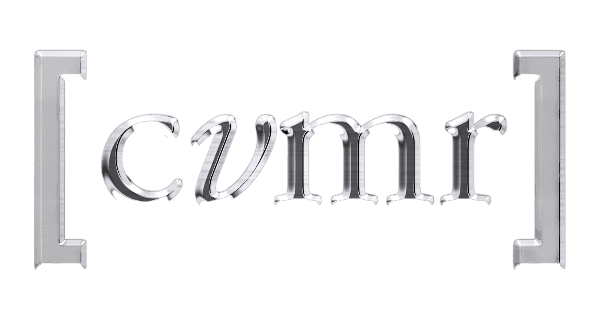CARBONYL PROCESS
The carbonyl process is not part of the proposed action or any of the alternatives discussed in this EA, but it was briefly investigated during the course of this effort, so a concise summary of the process and the potential environmental impacts are included for reference.
The carbonyl process was invented in 1903 and deposits nickel, iron, cobalt and some other metals by a relatively low-temperature gaseous process; but also can extract these metals at near ambient temperatures. The carbonyl process exploits the ability of carbon monoxide (CO) to form compounds with many of the transition elements in Groups VIA to VIIIA of the Periodic Table of Elements. The process works particularly well for nickel and it is reversible. That is, nickel can be diffused from a substrate, or deposited onto a substrate depending upon processing temperature. The deposition system is approximately the size of a large oil delivery truck. To deposit nickel, a stream of nickel carbonyl flows in an enclosed chamber and the substrate to be deposited upon is heated to about 175 °C (347 °F). The nickel deposits on the surface releasing CO, which is recycled in a closed system.
Since the cost of the cupronickel coins has escalated sharply in recent decades, it was suggested that the carbonyl process be used to cost-effectively deposit nickel and nickel alloys on planchets of coins and to use the process for metal reclamation of worn coins or scrap. The process can coat nickel on any clean surface, so one issue would involve preparing a clean surface on the planchet or stamped coin. This typically would be done in a hydrogen-reducing atmosphere. The resulting coated coin would also need to be buffed to achieve the proper appearance.
While there are carbonyl reactors in operation, there are no known prototypes or commercial practices of using the carbonyl process to deposit nickel on substrates for use in the production of coins. As a result, feasibility studies and scale-up would be needed to assess and optimize the process for coins, define plant configuration and to minimize the processing and plant capital costs.
The potential benefits of the carbonyl process, other than its reversibility, include its relatively low operating costs and the ability to coat less expensive materials used in the core of coins.
From an environmental standpoint, however, the carbonyl process presents air emissions and worker health and safety issues. Both carbon monoxide and nickel carbonyl are regulated poisonous gases, so appropriate air pollution control equipment must be installed and more importantly, worker exposure assessments would need to be performed to determine the need for engineering controls and/or personal protective equipment to safeguard workers. Overall, extreme care must be exercised in building and operating carbonyl reactors.
The carbonyl process is currently commercially used by CVMR® Corporation of Toronto, Ontario, Canada and Vale Metals in several nations including Canada, Germany, Great Britain and China.
Source from “ALTERNATIVE METALS STUDY“, FINAL REPORT August 31, 2012,
Page 353-354, CTC (Concurrent Technologies Corporation)
Read also


